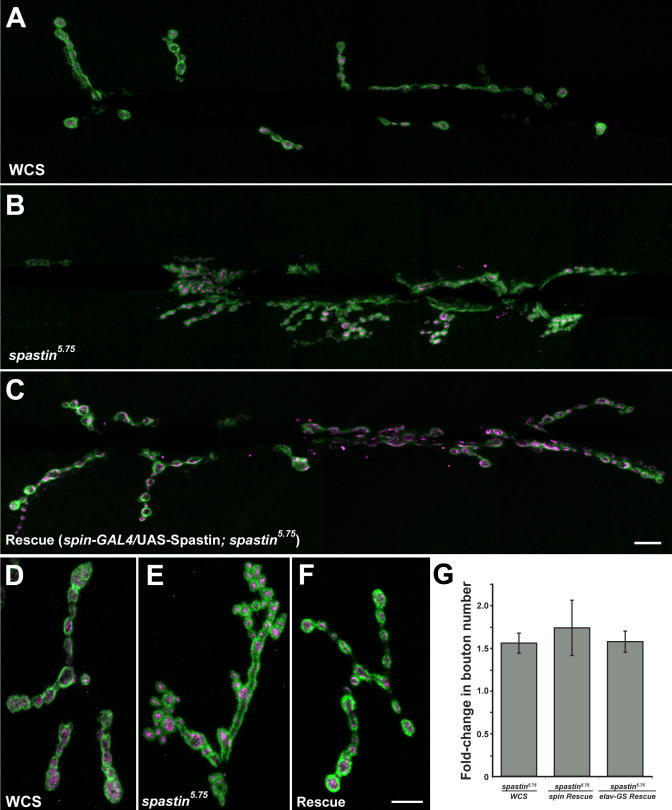Figure 4. Synaptic Boutons Are Smaller, More Numerous, and Clustered in spastin LOF Mutants.
(A–F) Representative A3 NMJs on muscles 6/7 (A–C) or muscle 4 (D–F) stained with antibodies against Dlg (green) and Syt (magenta) are shown for control larvae (WCS; A and D), spastin5.75 larvae (B and E), and larvae expressing Spastin from the spin-GAL4 driver in a spastin5.75 mutant background (Rescue; C and F). Boutons are arranged in a linear pattern in WCS larvae, whereas in spastin5.75 larvae their distribution is more clustered and individual boutons are smaller. These phenotypes are rescued by Spastin expression via the spin-GAL4 driver. Scale bars, 10 μm.
(G) Quantitation of bouton numbers in spastin mutants relative to wild-type and rescued larvae demonstrates complete rescue of the null phenotype by spin- or Elav-GS-GAL4-driven expression of Spastin. spastin-null mutants have on average 1.6-fold more type Ib boutons on muscle 4 compared to WCS control larvae. Similarly, spastin-null mutants (of genotype spin-GAL4/CyOKr-GFP; spastin5.75) have 1.7-fold more boutons compared to their sibling rescued larvae (genotype spin-GAL4/UAS-spastin; spastin5.75). Boutons are also 1.6-fold more numerous in spastin-null larvae from a neuronal rescue cross (genotype +/CyOKr-GFP; Elav-GS-GAL4,spastin5.75/spastin5.75) compared to their siblings in which UAS-spastin is expressed in neurons postembryonically (genotype UAS-spastin /CyOKr-GFP; Elav-GS-GAL4, spastin5.75/spastin5.75).

